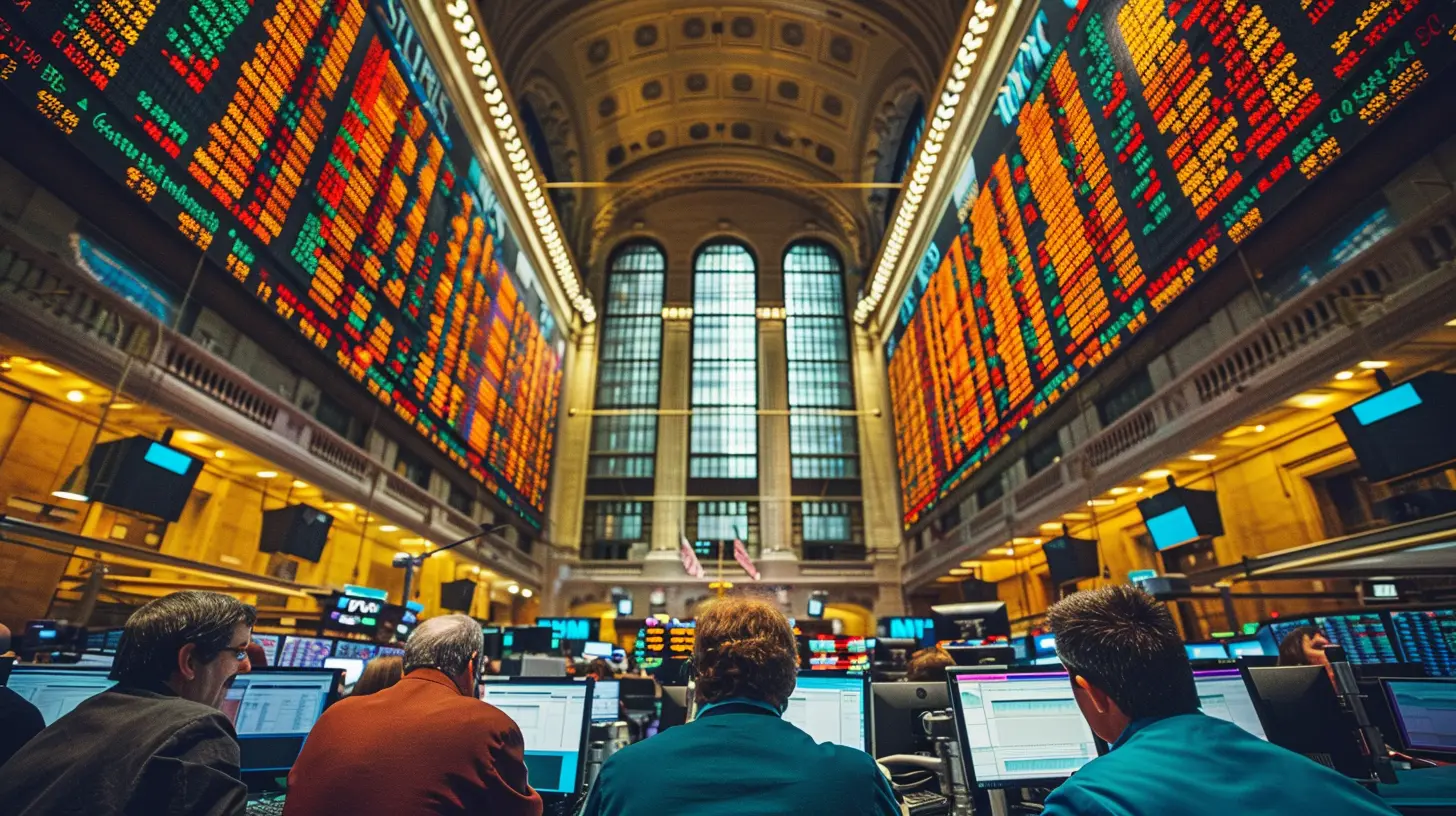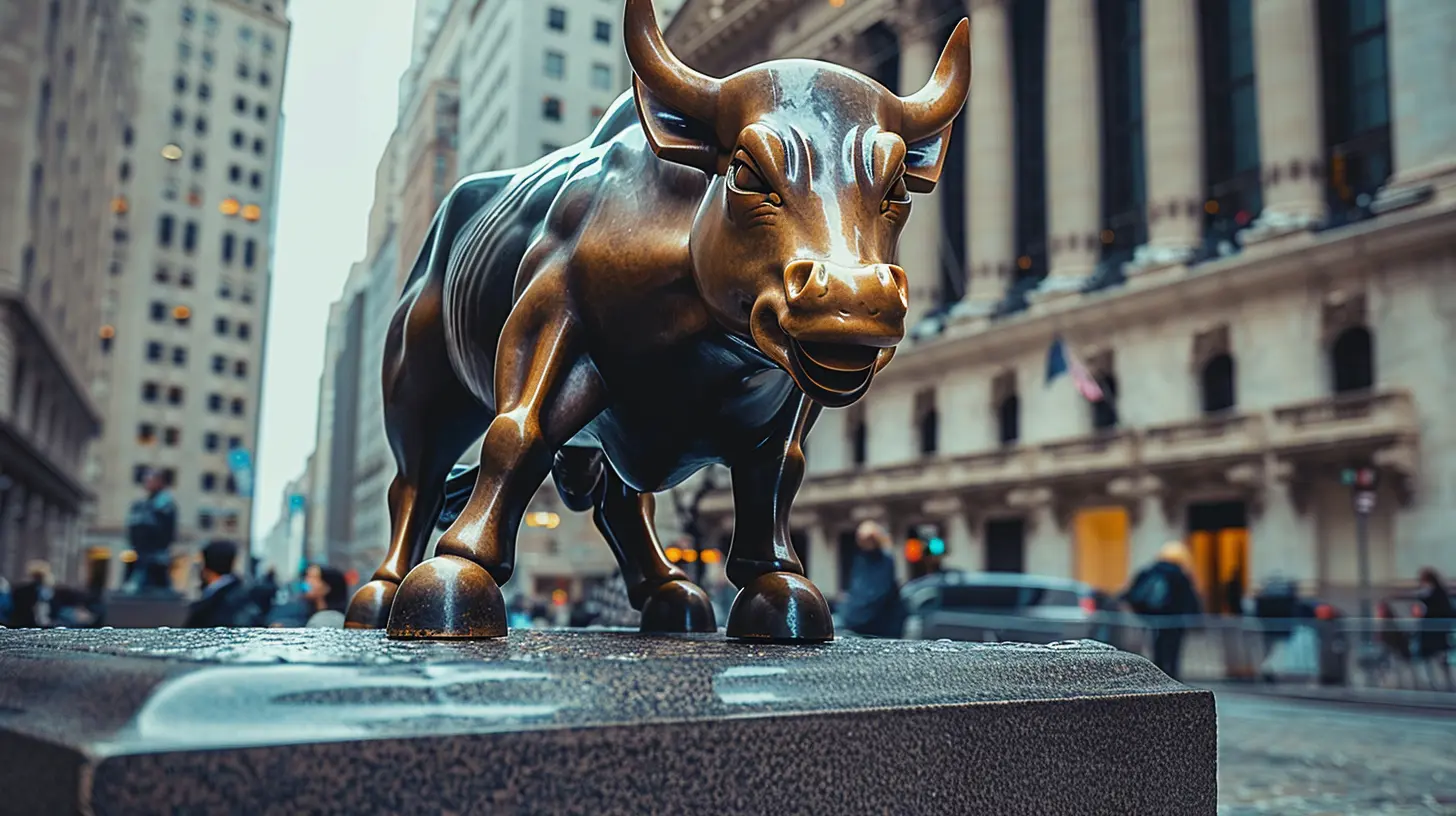How Economic Indicators Drive Stock Market Movements
19 August 2025
Ever wonder why the stock market seems to have mood swings? One day, it’s climbing like it’s on a sugar rush, and the next, it’s tumbling like someone yanked the rug out. Welcome to the wildly emotional world of the stock market — a place where economic indicators often hold the puppet strings.
Let’s dive into how those boring-sounding reports with numbers and jargon actually stir the stock market and impact your investments.
What Are Economic Indicators, Anyway?
Before getting into the nitty-gritty, let’s clear this up: economic indicators are snapshots of the economy’s health. Think of them like vital signs for the economy — heart rate, blood pressure, temperature. They tell you how things are going: strong, weak, or somewhere in between.These indicators aren’t just for economists in suits. They’re tools that investors use to gauge which direction the market may head. And when those reports come out? Oh boy, the market reacts — sometimes dramatically.
Types of Economic Indicators
Not all indicators are created equal. Some tell us where we’ve been (lagging), some show where we are (coincident), and some try to predict where we’re going (leading). Here’s the lowdown:1. Leading Indicators — The Crystal Ball of the Market
These are the real MVPs when it comes to predicting market shifts. Investors watch them like hawks because they often move before the economy shifts.Key examples:
- Stock Prices – Funny enough, stock prices themselves are actually a leading indicator. Kind of mind-bending, right?
- Bond Yield Curve – When short-term interest rates are higher than long-term ones (aka, an inverted curve), it’s often a red flag.
- Consumer Confidence Index (CCI) – High confidence? People spend. Low confidence? People save. Guess which one helps stocks?
- Building Permits – More building = more jobs = more economic activity.
2. Coincident Indicators — The Real-Time Check-In
These reflect the current state of the economy.Examples include:
- GDP (Gross Domestic Product) – The star of the show. If the GDP’s growing, that’s good news.
- Employment Levels – More jobs usually means more spending power.
- Industrial Production – Tells us how much stuff we’re making right now.
3. Lagging Indicators — The Rear-View Mirror
These lag the economy’s actual movement, but they help confirm patterns.Some big ones:
- Unemployment Rate – Always discussed at length, but it's actually a lagging indicator!
- Corporate Profits
- Labor Cost per Unit of Output
So how do all these actually move the stock market? Let’s break that down.
The Chain Reaction: How Indicators Move Markets
Markets aren’t just about numbers. They’re about expectations. Traders and investors are constantly trying to predict the future. So when economic data gets released, they compare it to what they expected. If there's a mismatch? That’s when the volatility kicks in.Let’s look at a few real-world examples.
GDP and Stock Market: Growth = Green?
Gross Domestic Product is one of the most closely watched figures. It’s the total value of goods and services produced. Sounds simple, but it packs a punch.When GDP grows faster than expected, it's like the economy just got a jolt of caffeine. Businesses are thriving, consumers are spending, and everyone’s feeling good. Stocks usually get a boost.
But if the GDP slows down or shrinks? Investors start to panic. Slower growth means lower corporate profits, and that hits stock prices hard.
Here’s the twist: Sometimes “too much” growth freaks the market out. Why? Because it can lead to inflation, and nobody likes inflation — least of all the stock market.
Employment Numbers – More Jobs, More Joy?
The job market tells you who's working and who's not — and it tells investors how the economy is ticking along.Each month, the Non-Farm Payrolls Report comes out, and it's kind of a big deal. Analysts pore over it like detectives looking for clues.
More jobs? Great — people have money to spend. That means businesses earn more, so stocks pop.
But wait — there’s a catch. If the report is too good, it could mean the economy is overheating, and the Fed might raise interest rates to cool it down. Higher interest rates? Bad news for stocks.
Tricky, right?
Inflation Indicators – The Unseen Enemy
Inflation is like that slow leak in a tire — it doesn't seem like a big deal until everything starts wobbling.Two biggies to watch:
- CPI (Consumer Price Index)
- PPI (Producer Price Index)
These measure how much prices are rising for consumers and producers. If inflation’s creeping up too high, the Fed might raise interest rates to slow down the economy. And interest rate hikes usually spook the stock market.
So even though rising prices might not seem like a big deal at first glance, they can shift the investing landscape dramatically.
Interest Rates – The Market’s Frenemy
Interest rates, set by the Federal Reserve, are possibly the most powerful tool affecting the stock market. They influence borrowing costs for businesses and consumers alike.Lower rates? Businesses invest more, people borrow and spend, and stocks usually rally.
Higher rates? Borrowing gets expensive, spending drops, and investors flee to safer places like bonds. Stocks often fall.
The Fed adjusts interest rates based on economic indicators. So indirectly, those indicators push the market via the Fed’s response.
Consumer Confidence – The Market’s Mood Ring
Ever bought something expensive just because you felt good about the future? That’s what consumer confidence measures.When people feel secure about their jobs and financial situation, they spend freely. That’s great for businesses and stock prices. But if a report shows confidence dropping, it’s a red flag.
Consumers make up about 70% of the U.S. economy. So yeah, their mood matters — big time.
Housing Data – The Domino Effect
Housing starts, building permits, and home sales may seem niche, but they ripple across the economy.Why? Because buying a house isn’t just a purchase — it’s a cascade of spending. Appliances, furniture, contractors, movers... you get the idea.
A booming housing market often signals strong economic performance, which supports rising stock prices. Weak data? Not so much.
Manufacturing and Services Data – The Pulse of Productivity
Monthly reports like the ISM Manufacturing Index and Purchasing Managers’ Index (PMI) are like X-rays for economic activity.If manufacturers are busy and services are booming, it's a signal that demand is strong. That usually means corporate earnings will rise, and stocks follow suit.
But if those indexes dip below 50? That suggests contraction, and the market tends to get cold feet.
Retail Sales – Spending Habits Tell All
Another quarterly favorite to watch. Retail sales can show if consumers are opening their wallets or tightening their purse strings.Surge in sales? That bodes well for retail stocks and overall sentiment. Weak figures? Cue the hand-wringing.
Sometimes, even a strong retail sales number can tank the market if it stokes fears of inflation. Again, it’s all about those expectations.
Global Indicators – Not Just a U.S. Thing
Economic indicators from major economies like China, the EU, and Japan also impact U.S. markets.A slowdown in China’s manufacturing? U.S. companies that export materials to China could see a dip in stock prices.
A strong Eurozone GDP report? That might boost investor confidence globally.
In our interconnected world, a butterfly flapping its wings in Germany might stir up Wall Street.
Market Psychology: Don’t Forget the Human Element
Here’s the thing — it’s not just about the raw data. It’s also about how investors feel about the data.Markets are like that super dramatic friend who overreacts to everything. A report might not even be that bad, but if it was worse than expected, the market tumbles. If it’s slightly better than expected? Everyone celebrates.
That’s where market psychology comes in. Fear and greed are powerful forces, and economic indicators often serve as the trigger.
Can You Actually Use This Info as an Investor?
Short answer: Absolutely.Here’s how:
- Stay ahead of the news – Watch economic calendars and expected announcements.
- Compare actual vs forecast – Don't just look at the number — compare it to what analysts expected.
- Watch the trend, not a single data point – One bad report doesn’t mean the sky is falling. Look for patterns.
- Be mindful of interest rate talks – If an indicator looks inflationary, expect chatter about rate hikes.
- Think long-term – Savvy investors use these indicators to find trends, not to make knee-jerk reactions.
Final Thoughts
Economic indicators may seem like dry reading, but they’re the heartbeat of the financial markets. They tell stories of where we’ve been, where we are, and where we're likely headed.If you’re hoping to be a smart investor (and who isn’t?), understanding how these indicators drive stock market movements gives you a serious edge. It’s like reading the weather before setting sail — you might not control the storm, but you’ll know when to batten down the hatches.
So next time a headline blares, “Inflation Rises 0.4% in March,” don’t scroll past it. That tiny number might just be the pebble that starts the landslide.
all images in this post were generated using AI tools
Category:
Stock MarketAuthor:

Harlan Wallace
Discussion
rate this article
1 comments
Sara McGinnis
“Ah, the dance of the economic indicators and stock market! It’s like watching a squirrel navigate a maze of acorns—sometimes it veers off course, other times it strikes gold! Just remember, even the best indicators can trip over their own tails! Happy investing, fellow acorn hunters!” 🐿️💰
September 12, 2025 at 5:04 AM

Harlan Wallace
Absolutely! Just like that squirrel, navigating the complexities of economic indicators can be unpredictable but rewarding. Happy investing! 🐿️💰


